When we first arrived in the Florida Keys for a diving weekend, I knew it was going to be fun. But I had no idea our weekend would double as a history lesson.
From freediving to modern day marine biology, to treasure hunting, the History of Diving Museum is an institution dedicated to collecting, displaying, educating and preserving material related to the history of diving.
This non-for-profit museum has been open part-time since 2000 and full time since 2006. As much as the History of Diving Museum is home to old-school dive bells, unique scuba suits, and photography equipment, the big draw is its impressively massive collection of antique diving helmets. For anyone passionate about how man came to be in the underwater world, the History of Diving Museum is a must-see attraction while visiting the Florida Keys.
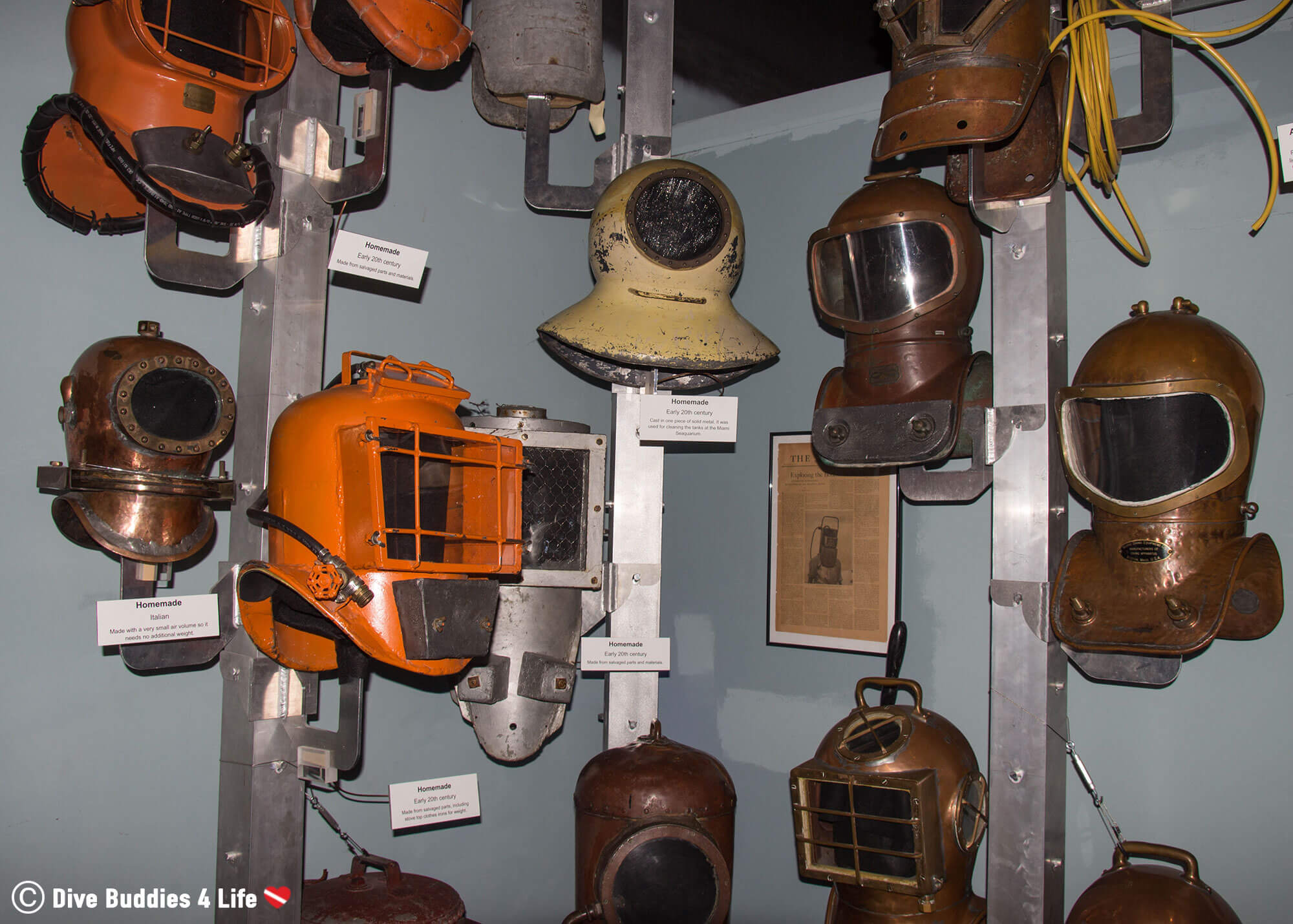
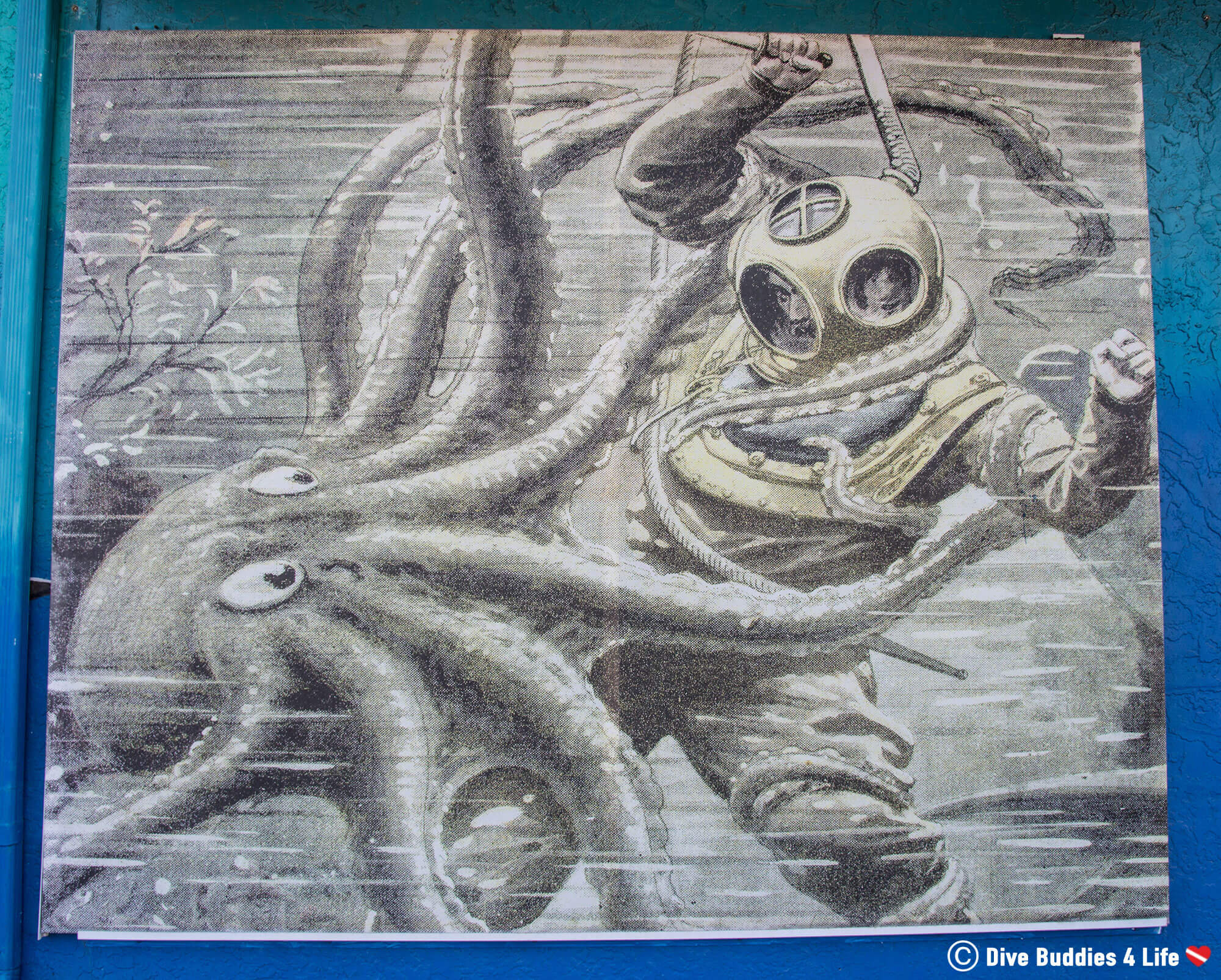
The History of Diving Museum was founded by Dr. Joe and Sally Bauer, two dive enthusiasts from Cleveland, Ohio. Together the couple spent over four decades collecting and researching diving history.
The Bauers love for the ocean took them to every corner of the world collecting dive suits, helmets, photos, prints and many other memorabilia.
Thanks to Sally and Joe’s years of hard work – and desire to share their passion and knowledge with the public – the museum now has what is considered one of the largest and most comprehensive dive collections in the world.

We love scuba diving, and in the Florida Keys, scuba diving is everywhere! On Key Largo alone, there are more dive shops than gas stations.
Given all the hype about scuba diving, it’s hardly surprising that while driving from Key Largo to Islamorada, we stumbled across an entire museum dedicated to diving throughout the ages.
Anyone who knows Joey and I well can attest that we are not ones crazy for the museum scene. But when you stumble across a museum that revolves around our biggest passion – like the History of Diving Museum – well for those we are more than willing to change our tune.
Our spontaneous museum tour started with a brief video overview of the museum’s history and founders.
After the introductory video, we entered the first gallery – a timeline of diving. Here we had the chance to learn all about diving over the years, starting with pearl and sponge divers, from back when scuba diving was done primarily for food gathering to at present diving for hobby and research.
Walking around amongst the old dive gear was like taking a step back in time, and reliving a whole different era of ocean exploration. It was incredible to see how much progress and science has been accomplished in such a short time to make the oceans so accessible to us.
Next up came the marine biology, photography and treasure display which were liquid magic.
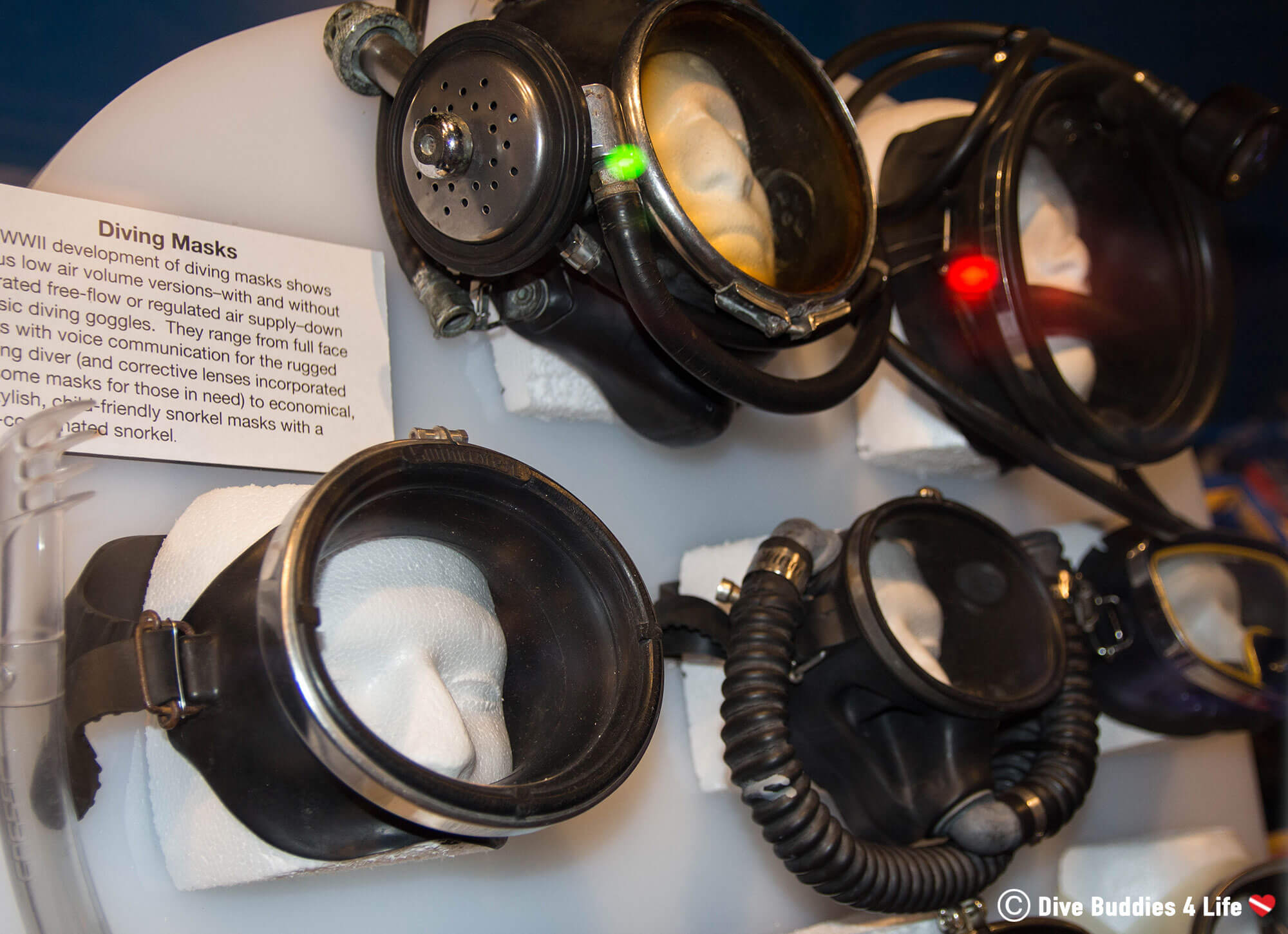
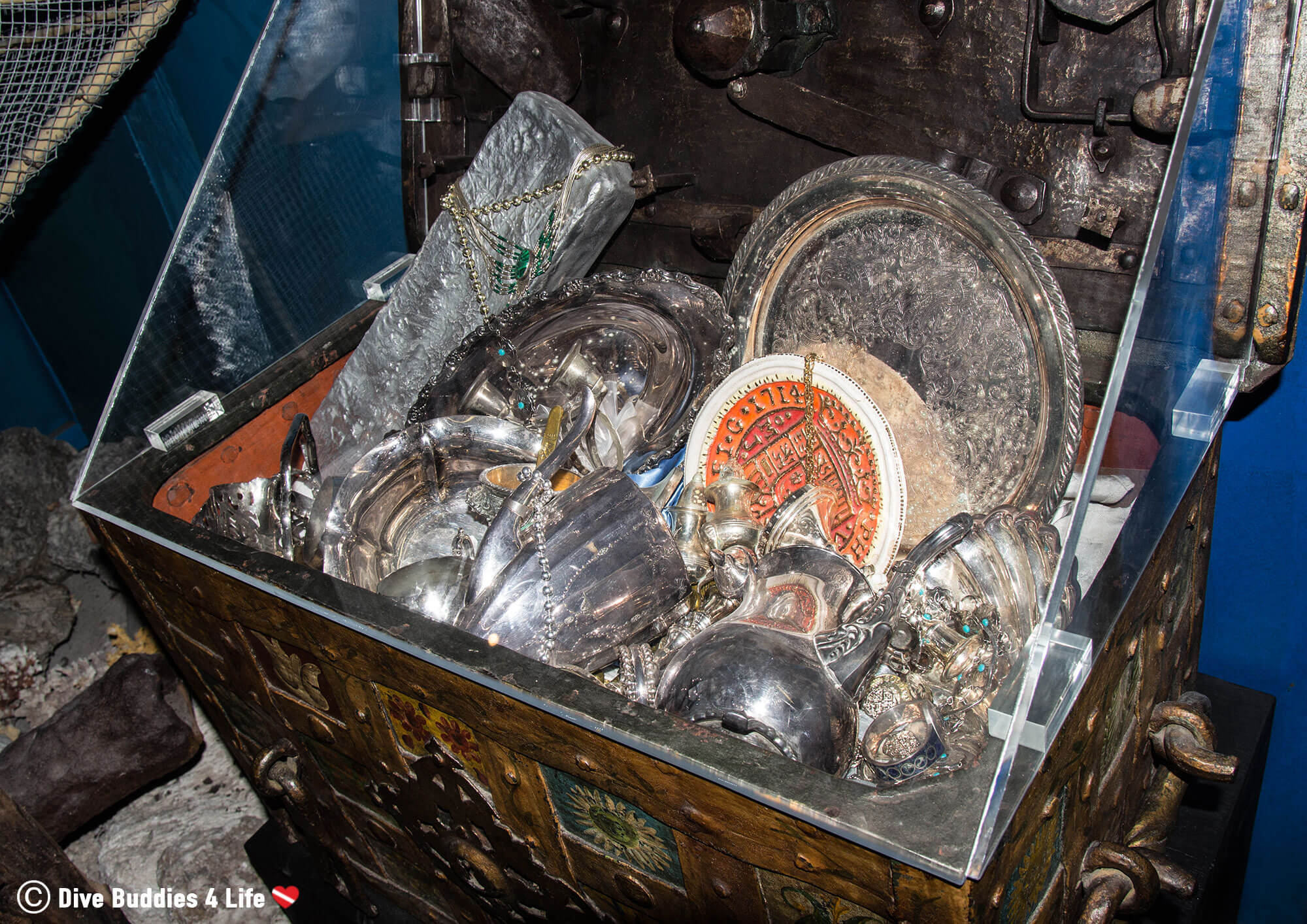
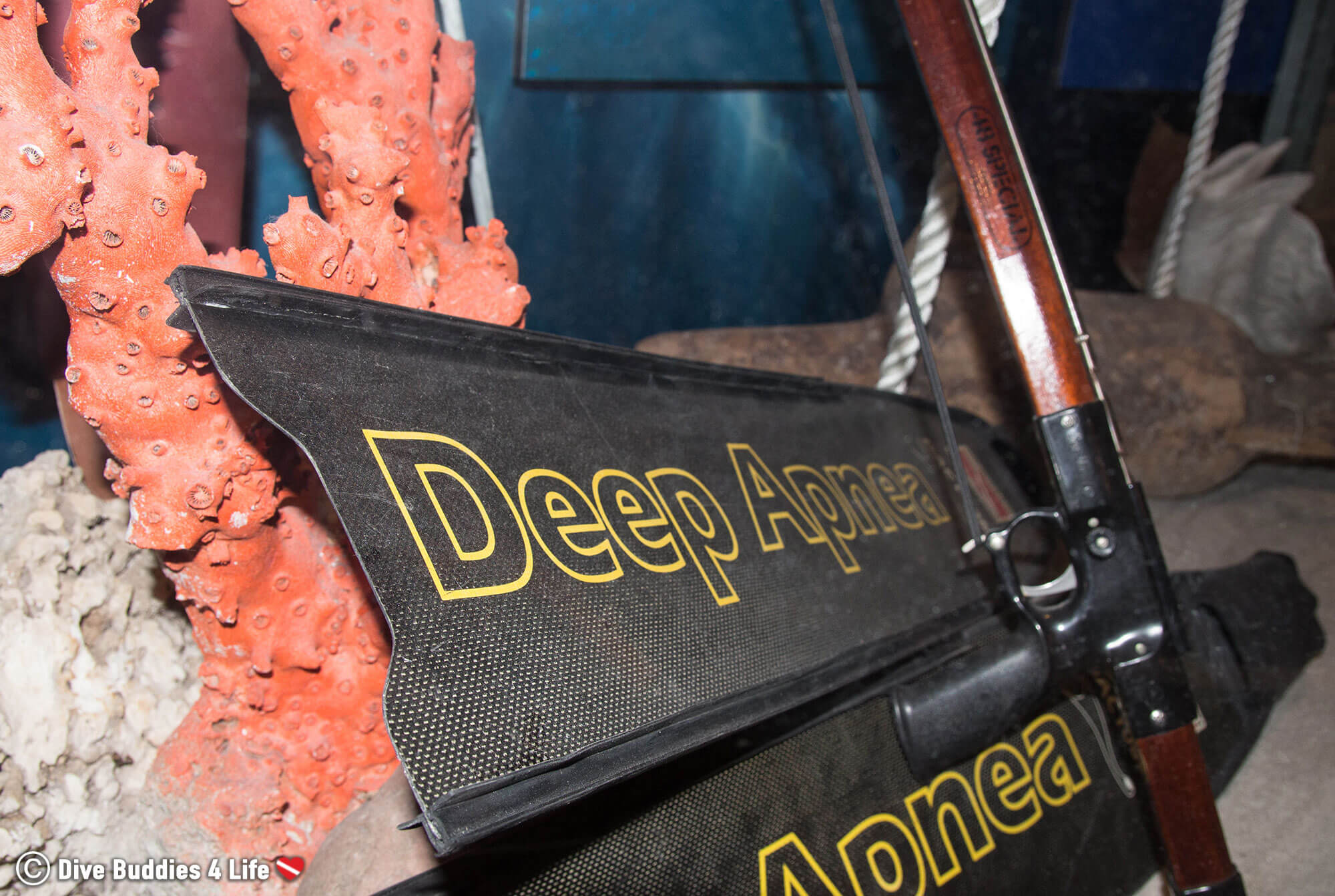
Here the artifacts were plentiful, and I was often torn between what to admire first. Do I head towards the alien-like camera or do I take a look at the shining treasure chest? You could tell the museum had worked hard to recover this historic gear and it was a privilege to see it up close.
I was totally enthralled by the Matt Johnston display, which told the story of the first ventilator-dependent quadriplegic to ever scuba dive. It was a touching tale of triumph and persistence, and to see the dive community support this man and his dream was more than enough to make a sap like me tear up.
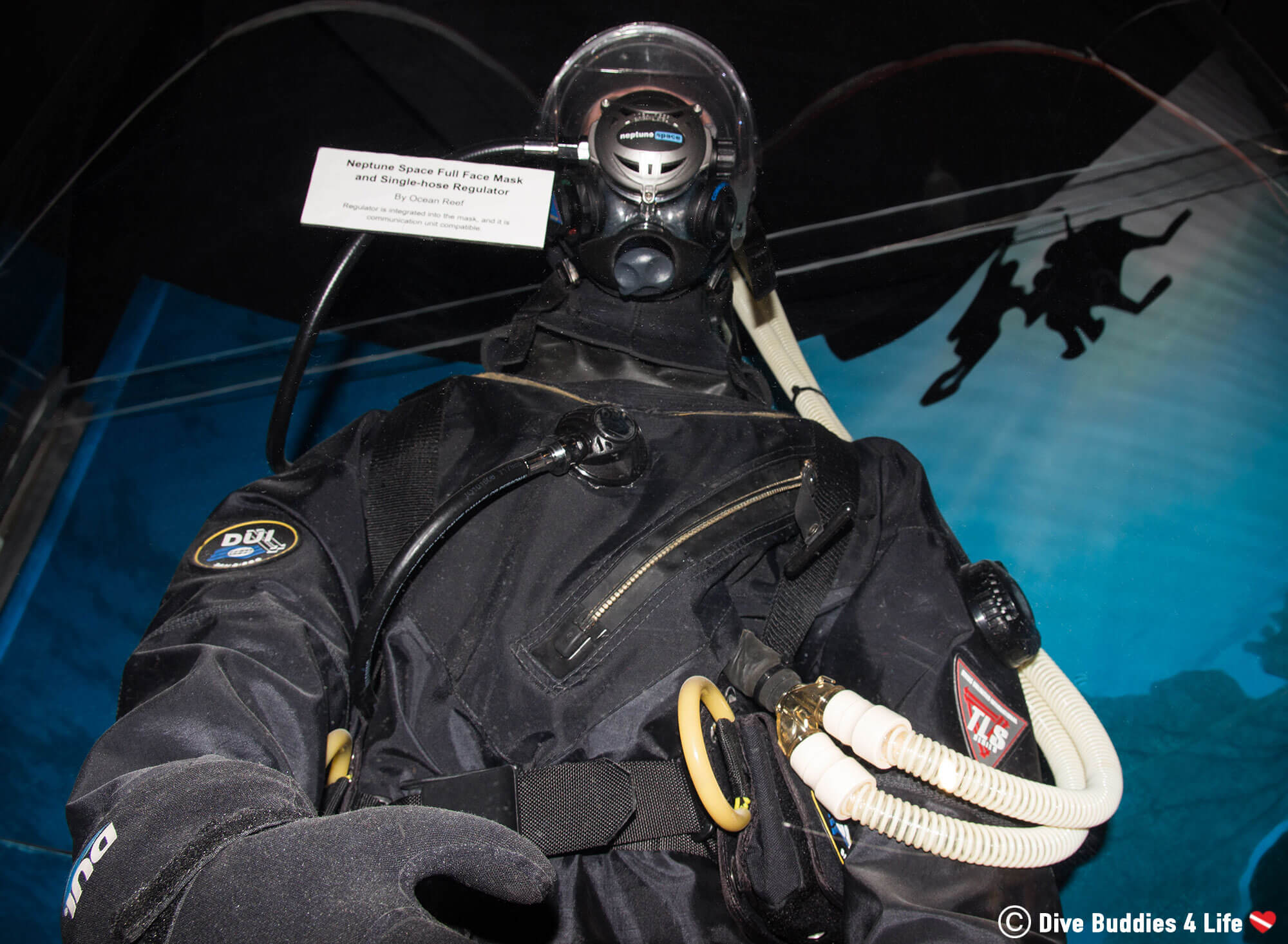
We spent over two hours wandering the many galleries and soaking up as much dive knowledge as we could. The museum was more than a feast for the eyes. It was the sort of place that – for any non-diver – makes you want to take your scuba test the minute you leave the museum.
To me, the museum was a hidden gem, and I don’t think it was my appreciation for diving that made me so in love with the place.
Of all the exciting and legendary events that have shaped scuba diving over the years, by far the most impressive thing about the History of Diving Museum was the collection of diving helmets from 24 different countries.
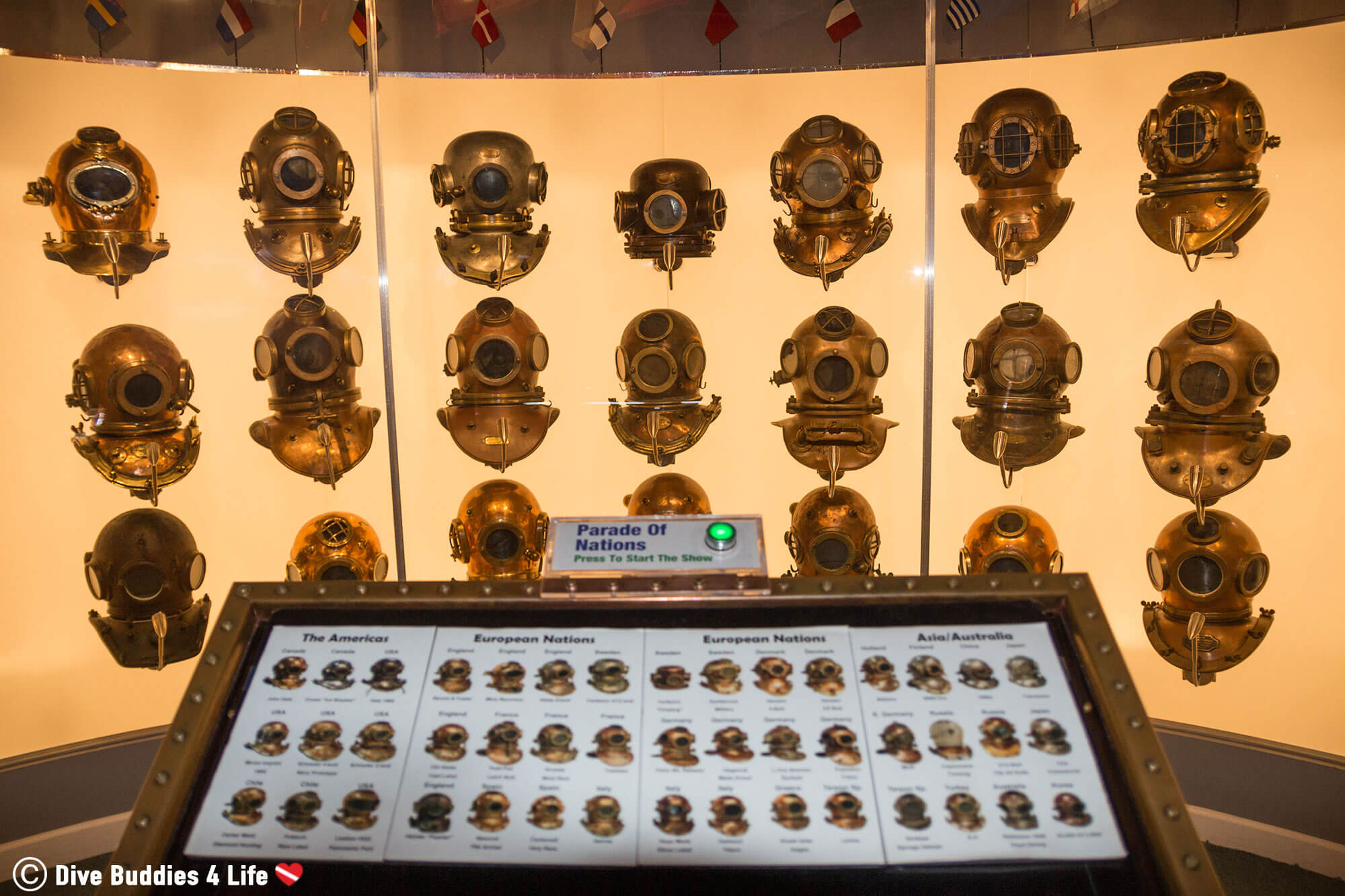
Other highlights that were right at the top of my list included checking out the museum’s display on the evolution of underwater photography. From old school cameras that only shot in black and white to dinosaur strobes the size of a microwave, the museum’s collection of photography material from way back in the day, was interesting, informative and left nothing to be desired.
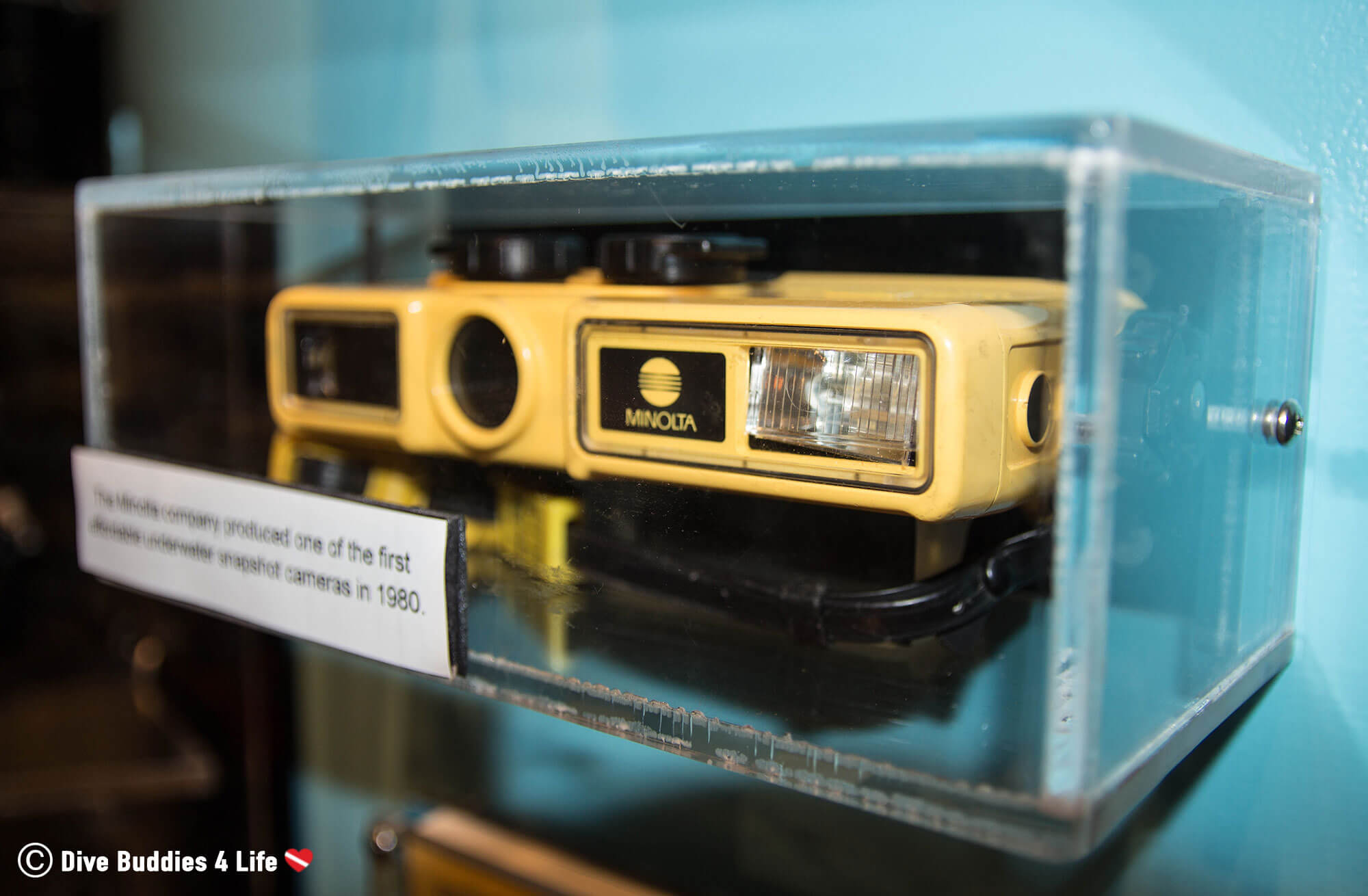
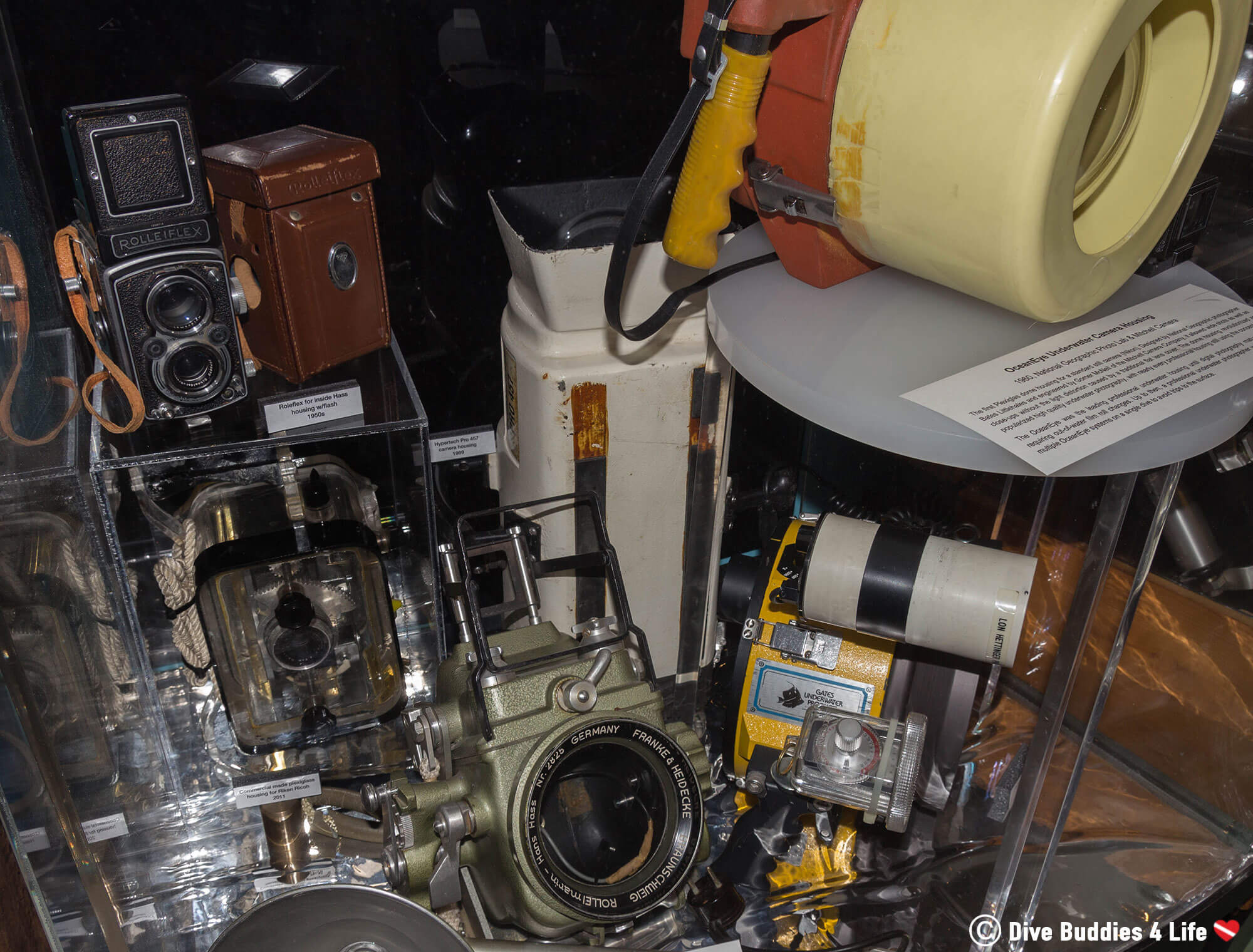
The History of Diving Museum is located about an hour and a half south of Miami, close to mile marker 83 in Islamorada, a tourism-oriented community also known as the Village of Islands.
The region consists of five small island keys (Tea Table Key, Lower Matecumbe Key, Upper Matecumbe Key, Windley Key and Plantation Key), which span nearly 18 linear miles (29 kilometers) and cover a land area of 3,900 acres.
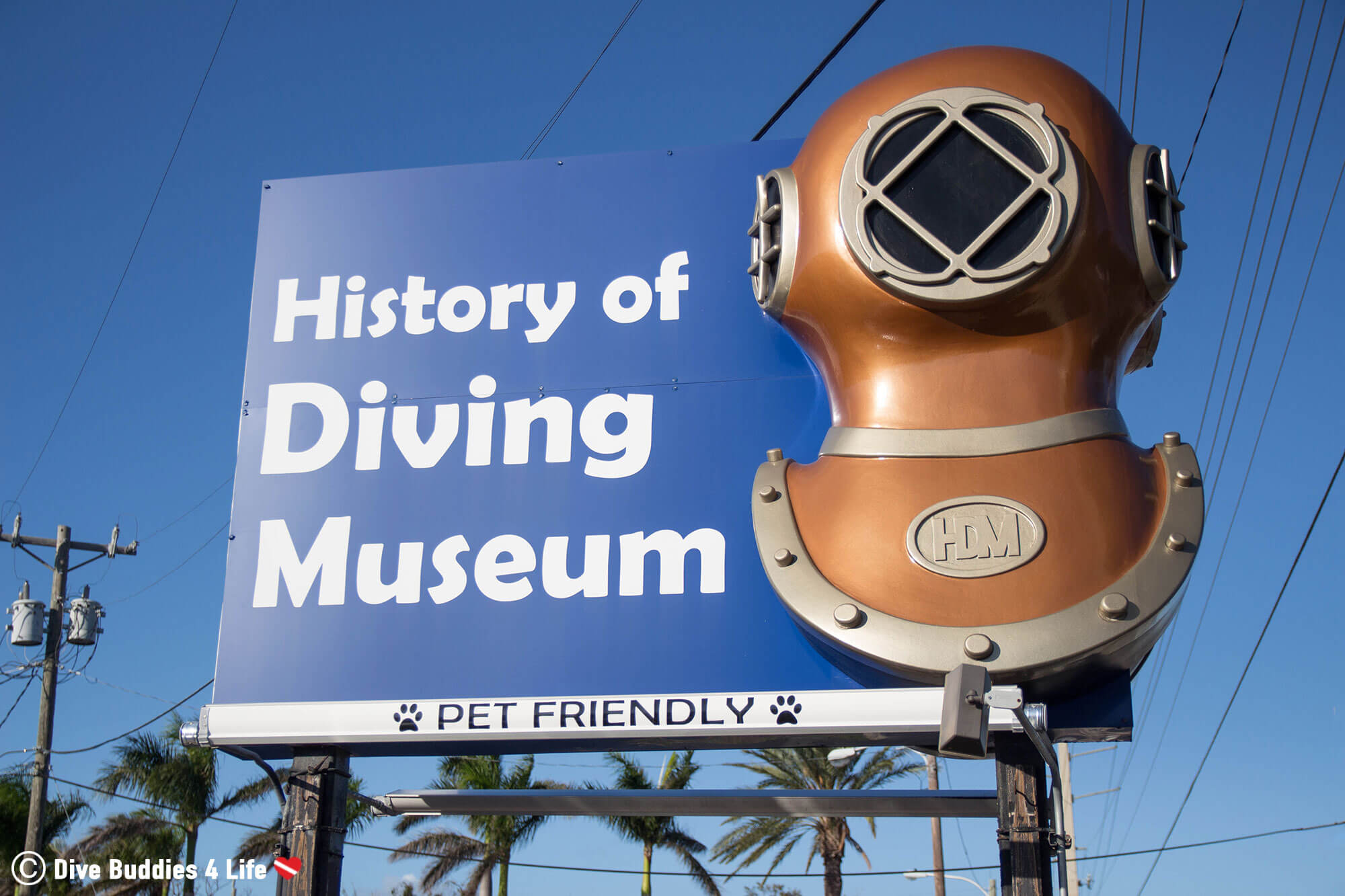
The History of Diving Museum and store are open from 10 AM to 5 PM every day of the year except on American Thanksgiving, Christmas Day, and New Year’s Day.
Also, on the third Wednesday of every month, the museum closes at 6:45 PM, before the museum’s FREE Immerse Yourself! Seminar.
How long does it take to visit the museum? There is a ton of interesting information in the museum and about 2.5 hours is what we would recommend if you plan on reading every last plaque and poster on display. Otherwise, if you have kids or just plan on passing leisurely through the exhibit, give yourself 1 hour to hit the highlights.
Admission price to visit the History of Diving Museum varies depending on your age and profession. In general adult entry is $15 USD, Seniors/Veterans is $13 USD, Kids 6-11 is $7 USD and Kids under 5 are free of charge. For students (with valid student ID) and historical diving society members, the price is $11 USD. If you are an active member of the military admission to the museum is at no charge.
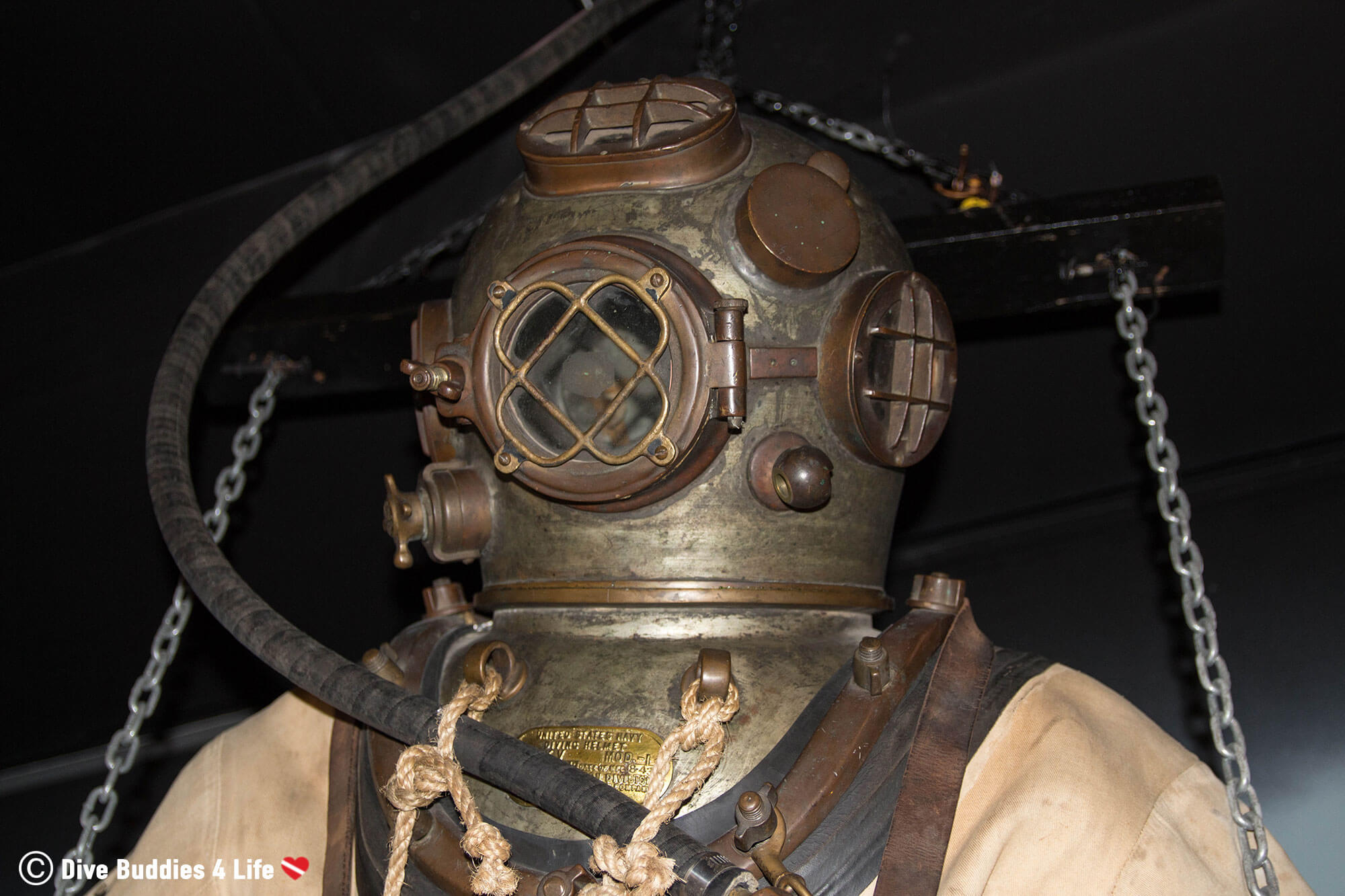
So what was our experience at the History of Diving Museum? We loved it. Granted, for dive geeks like us, our expectations were pretty high.
All in all, I loved spending my surface interval checking out the History of Diving Museum. If education is what you seek, the museum highlights the significant events surrounding man’s quest to explore the sea. I can see how it would be an excellent option for those who want some background and history to supplement their Florida Keys dive trip.
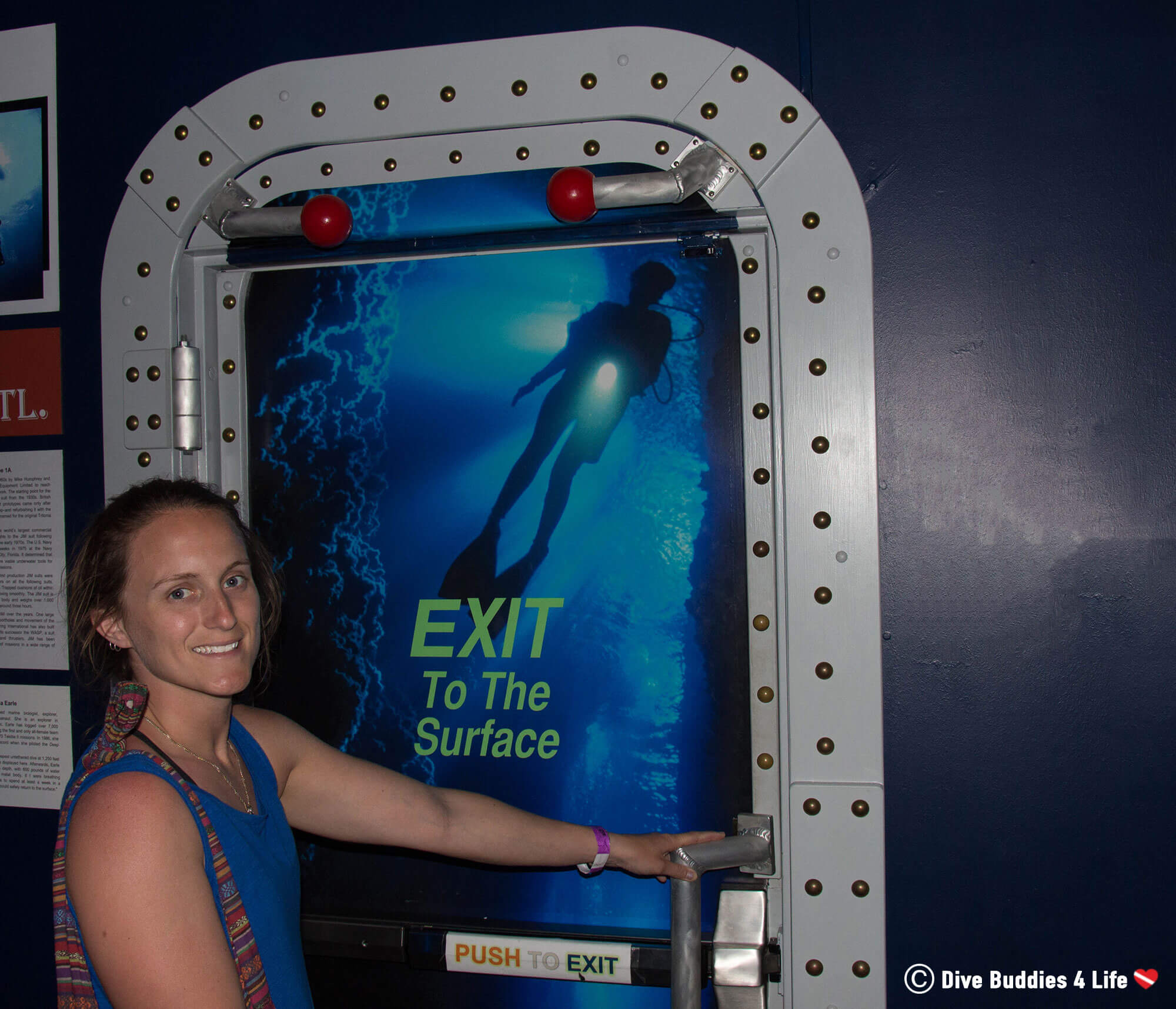
Do you know of any other phenomenal diving museums? Tell me where and I’ll make sure to add it to my list.
Writers Note: This post may contain affiliate links. We will make a small commission if you make a purchase through one of these links, at no extra cost to you. See full disclosure and disclaimer policy here.
Additionally, entrance to the History Of Diving Museum was subsidized in return for this write-up. All thoughts and feedback are exclusively our own regardless of this sponsorship.
Want to explore more diving Florida scuba diving? Take a look at our world dive map to discover more interesting USA-based dive adventures.


As one of the sunshine states top shore diving destinations, Blue Heron Bridge offers some of the best diving in Florida. Mud, beaches, wrecks and small critters, no matter where you dive under the bridge, there is so much to see, explore and photograph.
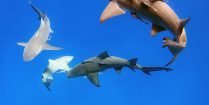
Sitting pretty right next to the gulf stream, Jupiter is known as one of Florida's best shark diving location. Drift along in the current as you enjoy an up-close encounter with the ocean's apex predators.
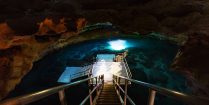
Dark, ancient and mysterious are a few words that can be used to describe the Devil's Den cavern in Florida. Find out what it was like to visit this world-class tourist destination and dive this prehistoric spring system.
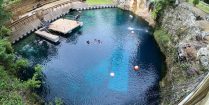
Florida may be known for its ocean coast, but this southern state is also home to some of the best spring and cave systems in the country.
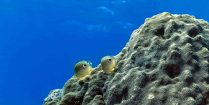
The tropical oasis of Key Largo is a scuba diver's delight. Night dive, reef dives, and wreck dives are all right at your fingertips ready to be explored.
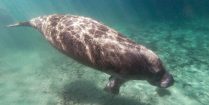
Offering topside beauty and underwater magic, escape to Florida's freshwater springs and snorkel with one of the most majestic marine mammals on the planet.
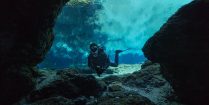
The crystal clear water of Ginnie and Devil’s spring systems is arguably some of the best freshwater diving in all of Florida. As a scuba diver heading to the sunshine state, make sure to put this spot on your travel itinerary!

Situated in the heart of the Caribbean, Cuba has some beautiful diving opportunities.

Follow our vacation highlights for a list of the best things to do while traveling to Cuba.
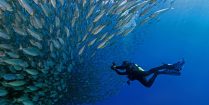
Submerge yourself into Bonaire's underwater world with this scuba bucket list. It will leave you wanting more from the coral capital of the Caribbean.
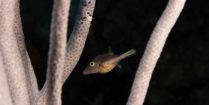
Whether your diving with turtles or admiring coral reefs, get ready to be wowed by the underwater beauty of Bonaire, the shore diving capital of the Caribbean.
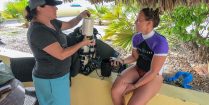
Bonaire TEK is an annual October occurrence, where Buddy Dive Resort partners with leaders in the tech diving industry for a week of technical dive demonstrations, equipment trials, presentations, training ins and outs, and camaraderie.

There are many ways to fight back against pollution and on Bonaire, this takes the form of scuba diving cleanups.
